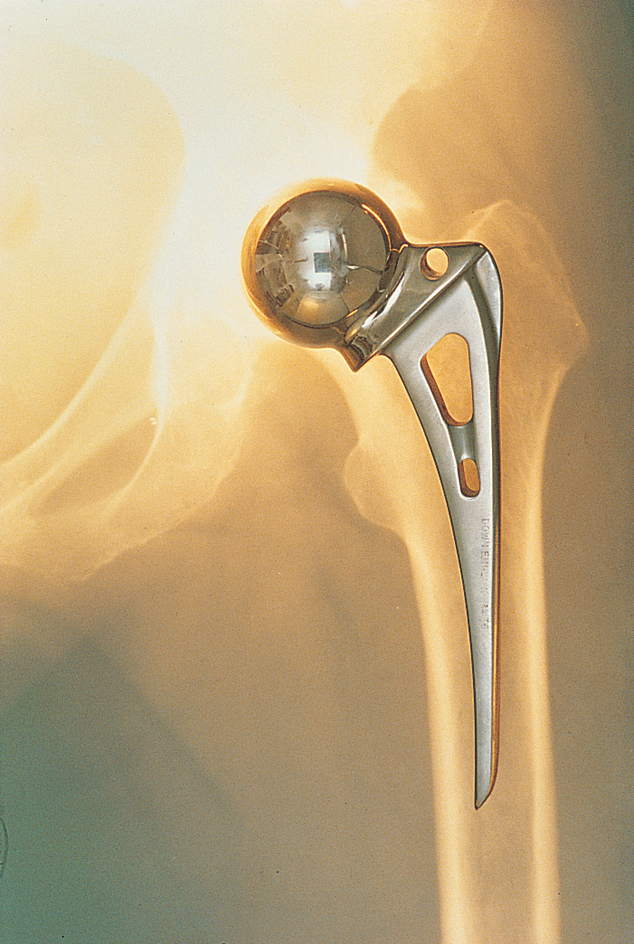Biomedical engineering is a branch of engineering that applies engineering knowledge to solve problems in biology and medicine. Biomedical engineers are health-care professionals, like doctors, nurses, and medical technicians. Some of these engineers help diagnose and treat human disorders. Others do research, design medical instruments, or work with doctors to develop more technologically advanced medical procedures.
Specialty areas of biomedical engineering
There are a number of well-established specialty areas in biomedical engineering. They include (1) bioinstrumentation, (2) biomechanics, (3) biomaterials, (4) systems physiology, (5) clinical engineering, and (6) rehabilitation engineering. Newer areas include bioinformatics, biotechnology, and tissue engineering.
Specialists in the various areas of biomedical engineering often depend on one another. For example, engineers developing an artificial hip rely on biomechanical studies of the forces applied to the natural hip. Similarly, engineers designing systems to electrically stimulate and control paralyzed muscles use knowledge of the interaction of muscles and bones. In both cases, specialists in biomaterials are consulted in selecting materials used in the devices.

Bioinstrumentation
uses electronics and measurement principles and techniques to develop devices that monitor, diagnose, and treat diseases. Computers have grown increasingly important in this area. They monitor patients during surgery or in intensive care. Computers also monitor healthy people in unusual environments, such as astronauts in space or divers deep in the ocean.
Bioinstrumentation engineers develop and investigate many tools to detect, diagnose, and study biological conditions. For example, medical imaging systems apply energy, such as X rays or sound waves, to the body to create detailed pictures of internal structures. Biosignal processors, used in some medical devices, detect, classify, and analyze signals produced by the human body.
Biomedical engineers have developed certain lasers and other devices to help treat disorders. Lasers, which produce narrow, powerful beams of light, make possible bloodless surgery on blood vessels, nerve fibers, retinas, and corneas. Automated infusion pumps continuously deliver the drug insulin to diabetic patients.
Biomechanics
applies mechanics (the study of how forces affect matter) to biological or medical problems. It deals with the effects of various forces on the body. These forces include stresses applied to the skeleton by gravity and the muscles. Biomechanical engineers also study the flow of fluids in the body and the transfer of chemicals across membranes and synthetic materials.
Biomechanical research has led to the development of the artificial heart and replacement heart valves, the artificial kidney, and the artificial hip. Biomechanics also has greatly improved understanding of the functions of organ, muscle, and bone systems.
Biomaterials
concerns the development and selection of appropriate materials to place inside the human body. Such selection ranks among the most difficult tasks faced by biomedical engineers. It demands an understanding of the physical and chemical properties of the living tissue that a material will assist or replace. The material to be implanted must cause no harmful effects, such as poisonous reactions or cancer. In turn, the body must not damage the materials of the implant. For most devices implanted for a long period of time, the materials must be chemically inactive, durable enough to withstand the repeated stresses of a lifetime, and harmless to the tissues and blood. Implantable materials include certain ceramics, metal alloys, and plastics.
Systems physiology
uses engineering strategies, techniques, and tools to gain a broad, integrated understanding of the body functions in living organisms. Through experiments, systems physiologists observe and measure basic physiological events, such as metabolism (the chemical processes of living cells) and the control of limb movements. They then analyze the experimental data, often by developing physical or mathematical models of the events. These analyses enable other biomedical engineers to devise instruments and methods for understanding and solving medical problems.
Clinical engineering
applies technology to health care in hospitals. Clinical engineers are responsible for developing and maintaining computer databases of medical equipment records and for purchasing and using sophisticated medical instruments. They often work with physicians, nurses, and other hospital staff to adapt instruments to specific needs. Such tasks may involve coordinating instruments with computer systems and customized software for instrument control and data analysis. For example, clinical engineers may develop a computerized analyzer for blood samples or a computer-based system for managing the care of burn patients.
Rehabilitation engineering
develops devices and procedures to expand the capabilities of disabled people and so improve the quality of their lives. Rehabilitation engineers design products that can be adapted to particular needs. For example, they may design a seating support that can conform to any body shape so that many disabled people can use the support to sit upright. Rehabilitation engineers often develop products for a specific disabled individual and work directly with that person.
Developing areas
in biomedical engineering are important to genetic research, health care delivery, and information systems. Bioinformatics, for example, deals with the information contained in biological systems. Biotechnology includes the production of therapeutic drugs and technologies to correct genetic defects. Tissue engineering involves the design of tissue and tissue-like environments to replace human cells and organs.
Biomedical engineering in the community
The kinds of institutions that employ biomedical engineers include research institutions, government regulatory agencies, hospitals, and industrial firms. Biomedical engineers often use their background in engineering and medicine to perform a coordinating role.
In research institutions, biomedical engineers may supervise laboratories and equipment. They also take part in research with investigators of other backgrounds. Government positions often involve product testing and safety, as well as establishing safety standards for devices. In hospitals, biomedical engineers give advice on selecting and using medical equipment, and supervise equipment testing and maintenance. These engineers may also develop customized devices for special health-care or research needs. In industry, biomedical engineers use their understanding of living systems and technology to design and test new products.
